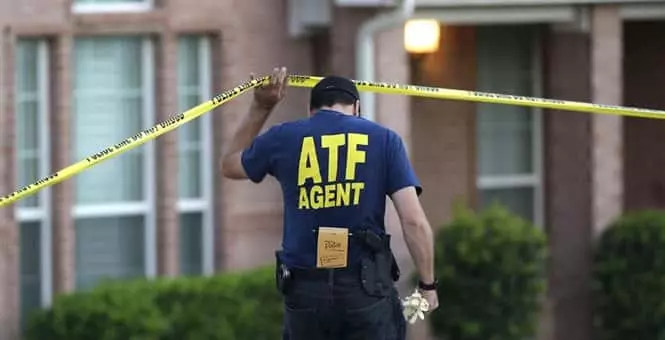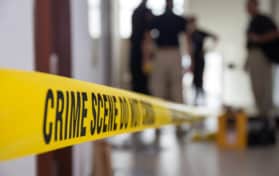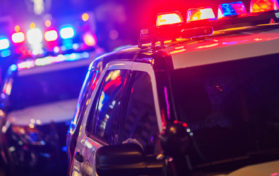
2021 has been a historic year for homicides; sixteen cities across the nation have met and broken previous homicide records. As of December 2021, there have been just under 45,000 deaths attributed to gun violence (including suicide). Crime across the board – robberies, carjacking, and more – is also statistically higher in 2021 than in previous years.
City leaders and county officials alike are looking to find a way to curb gun crimes across the country, and the ATF says that a new method of computer imaging could be the way to decrease gun violence in America.
NIBIN is an acronym for National Integrate Ballistic Information Network, and ballistics are a key in how this program can curb crimes committed with the use of a gun.
Any time police arrive at a crime scene where shots have been fired, they are likely to find spent shell casings. However, they have to utilize these shells to fill in the holes before they can move forward with other aspects of the investigation. Guns are often missing at a crime scene, and, it is highly likely that witnesses have fled the scene. Sometimes, police arrive at the scene to find the victim even missing.
Investigators face a daunting task when all they have is spent shell casings, although they can be highly helpful once a gun is found. That’s because all shell casings “tell a story” because of the grooves left once the bullet is spent. This mark is unique to each gun. Being able to match a shell casing to a weapon can help tie a perpetrator to the crime.
However, it may be weeks or months before the police find a possible weapon. Then, police will have to fire bullets through that weapon in order to inspect the spent shell casings for matching grooves – in other words, investigators need to see if the bullets tell the same “story” as the spent casings found at the scene.
In an effort to be able to tie spent shell casings to a particular weapon, the Bureau of Alcohol, Tobacco and Firearms is working on a computer imaging program known as NIBIN. The imaging system is intended to not only link spent shell casings to a particular gun, but hopefully to a suspect as well.
According to a Special Agent in Charge with the ATF’s Los Angeles’ bureau, Stephen Galloway, “Every firearm will leave a fingerprint . . .on the back of the cartridge when ejected. . . when it is entered into the NIBIN system, then we can make comparisons to cartridges from other crimes scenes. Matches generate leads.”
Galloway encourages police departments across the country to upload any spent cartridges into the NIBIN system. He believes NIBIN can reduce the amount of homicides across America with multiple departments participating.
Now, police departments will have access to information that just a year ago would have only remained in the city in which the crime occurred. Like the NCIC, the database can share information across the United States.





